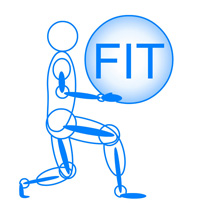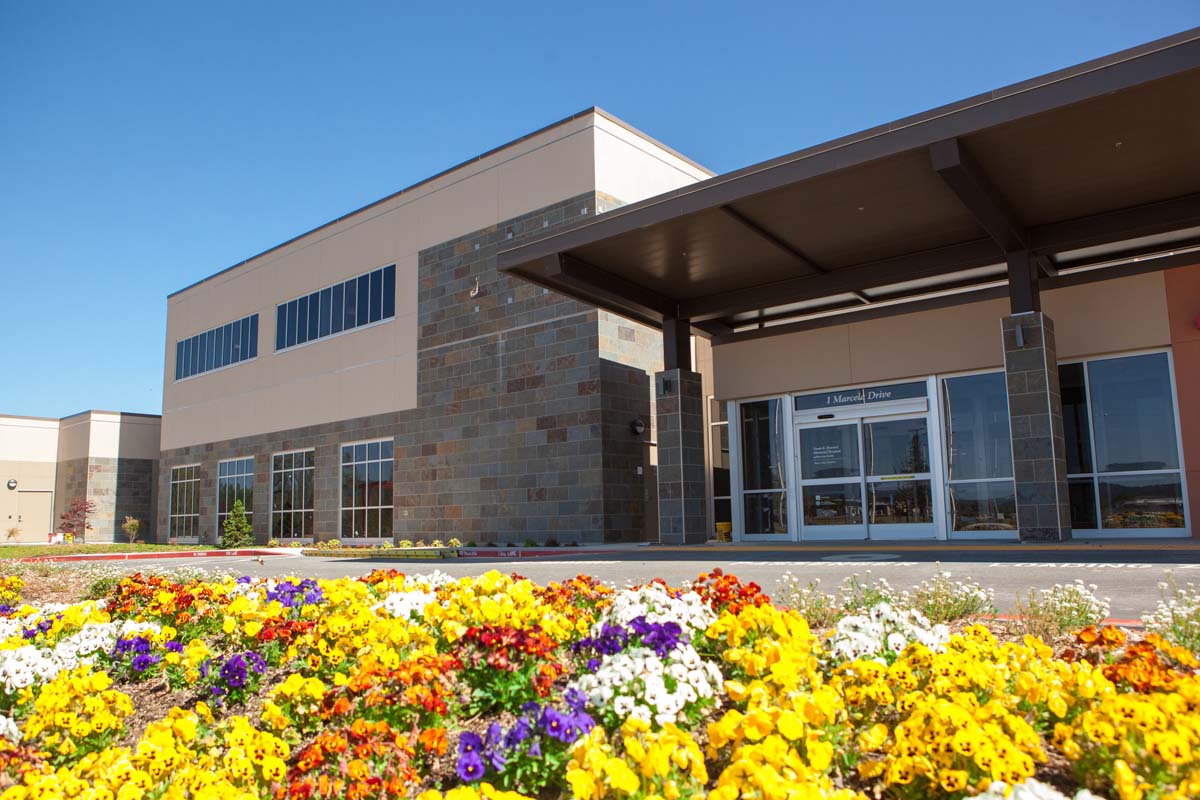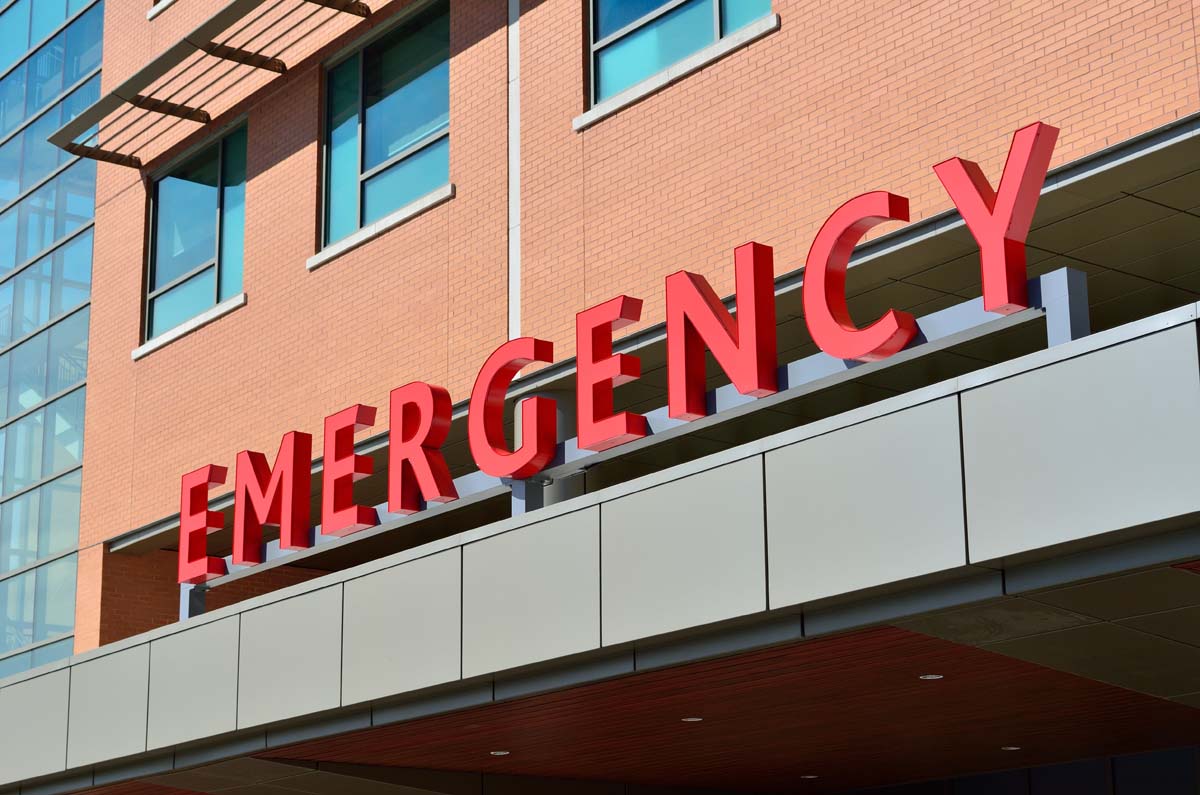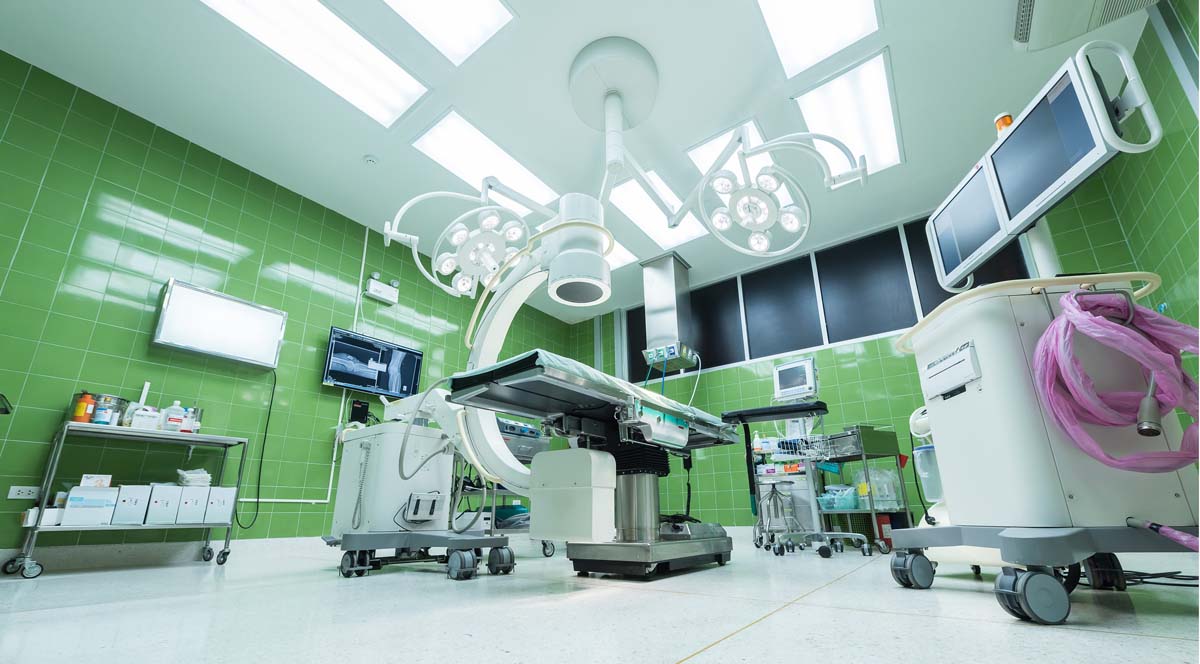Frank R. Howard Memorial Hospital
Situation:
Health-care workers lead the nation in work-related back injuries, with nearly 40 percent more injuries than truckers, according to U.S. Bureau of Labor Statistics. Whether from repetitive patient lifting and handling tasks, or the result of a single traumatic incident, such as a fall or breaking a patient’s fall, a compensable back injury in the healthcare workplace can cost $100,000 or more, especially in California.
Solution:
The hospital implemented a worker safety program delivered by Future Industrial Technologies (FIT) where skilled medical practitioners and ergonomists provide workplace safety training.
“The mechanical lifts cost around $1,500 to $3,000 per machine, but that is nothing compared to one $100K claim for a back injury,” Jacobson said. Total equipment costs were around $50,000, still well under the cost of one injured worker in California.
“We started the FIT program, which was the year we had at least 3 expensive claims open,” said Jacobson. “Costs went down every year after that.”
“Many hospitals run on a slim bottom line and the decision to put money out for training and equipment is a big one,” said Jacobson. “Nobody can promise you that you will absolutely get results from this training program. But in our situation, with premiums skyrocketing, we felt the risk was worth the benefit and it paid off.”
Result:
Ergonomics and Back Injury Safety Program made the health care workplace safer and lowered claims costs. Implementation of this program reduced loss rates from $377,000 to $12,800 in just 3 years.
Preventing these kinds of injuries with workplace safety training is critical at a time when the nation’s obesity epidemic means more than half of the U.S. population is overweight. Lifting 200 to 300-pound patients can be a daily occurrence for health care workers.
After watching significant chunks of revenue go to insurance premiums, reserves for injury cases and payments for medical care on existing claims, CFO of the Frank R. Howard Memorial Hospital, in Willits, California, Carlton Jacobson started to look for ways to reduce the costs of claims, and the eventual reduction of insurance premiums.
Although FRH Memorial had an active safety committee with a flexible budget for immediately providing abatements and repairing or removing any safety hazards, their main problem was controlling how health care workers physically interacted with their workplace environment on a day-to-day basis.
As costs decreased and injury rates went down, the hospital experienced growth in many areas. The number of employees increased from 180 to 240 and staff turnover decreased. Employees expressed satisfaction with their jobs and workplace.
Did this all help to lead to their above average evaluation among consumers? With injury rates going down, employee job satisfaction on the rise and the hospital growing in home health and other areas, Jacobson likes to think so.
In 2003 FRH Memorial decided to join a small group of hospitals and become self-insured. This move in conjunction with the ergonomics program continues to keep costs down and ensure a profit.
Now that his hospital is part of a larger group, everyone’s injury rates become even more important. Losses can be pooled with the other hospitals and the reserves can be pooled as well, but each hospital must be responsible for its own claims.
Performing a heavy patient lift single-handed could easily happen if a worker was in a rush and no help was immediately available. In addition, Repetitive Stress Injuries (RSI) tended to crop up among office workers if correct posture and safe equipment use was not re-enforced.
Despite their in house safety initiatives Jacobson felt it would be beneficial to bring in an outside professional safety training team. “An outside company provides an authoritative sense of expertise so employees are more likely to listen,” he said.
FIT provided an extensive walk-through in all areas to identify ergonomic risk factors and work tasks that presented a high injury potential. Patient lifting was targeted as a high-risk area, and the hospital was advised to purchase mechanical lifts to assist the staff with heavy patient transfers.
The workplace safety program trained the nurses in the proper use of the lifts and each worker attended the FIT “Backsafe®” training to learn, practice and re-enforce safe lifting techniques.
FIT also provided a separate “Sittingsafe®” and office ergonomics-training program for the office staff. Employees were encouraged to “team up” and evaluate each other’s workstations on a regular basis, and to keep a sharp eye out for risky behaviors or postures.




